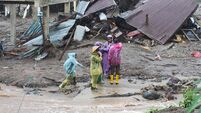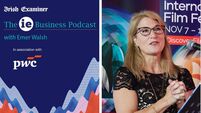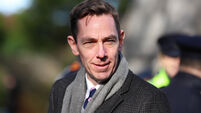Experts aim to make forecasting future more accurate in wake of blunders
It’s officially known as the Forecasting World Events Project and is sponsored by the Intelligence Advanced Research Activity (IARPA), a little-known agency run by Lisa Porter, who is occasionally described as America’s answer to the fictional Agent Q who designs cutting-edge gadgets for James Bond. Much of IARPA’s work is classified, as is its budget. But the forecasting project is not classified. Invitations to participate are now on the Internet.
The idea is to raise five large competing teams of people of diverse backgrounds who will be asked to make predictions on fields that range from politics and global security to business and economics, public health, social and cultural change and science and technology.
















